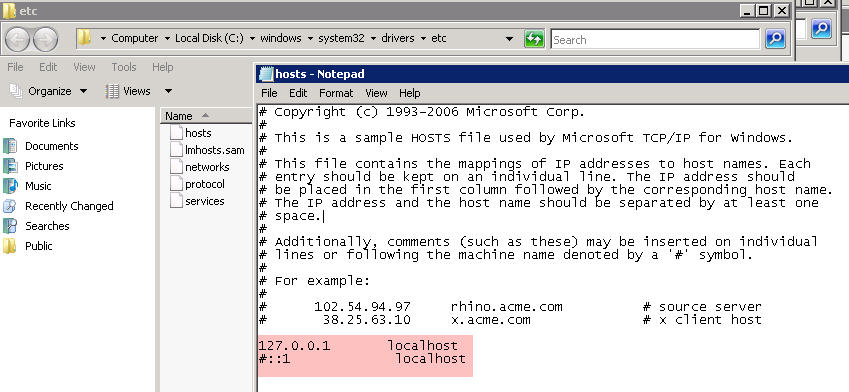Configuring IIS
After you have installed all the NEOSYS program files you need to configure IIS so that you can operate NEOSYS. Instructions are below.
Configuring IIS for Windows 2008
Installing IIS
First install IIS from Control Panel > Programs & Features > Turn Windows Features ON or OFF > Add Roles:

On the window that pops up click on next and you will get this screen, tick Web Server (IIS) - on the prompt click on Add Required Resources and then on Next:
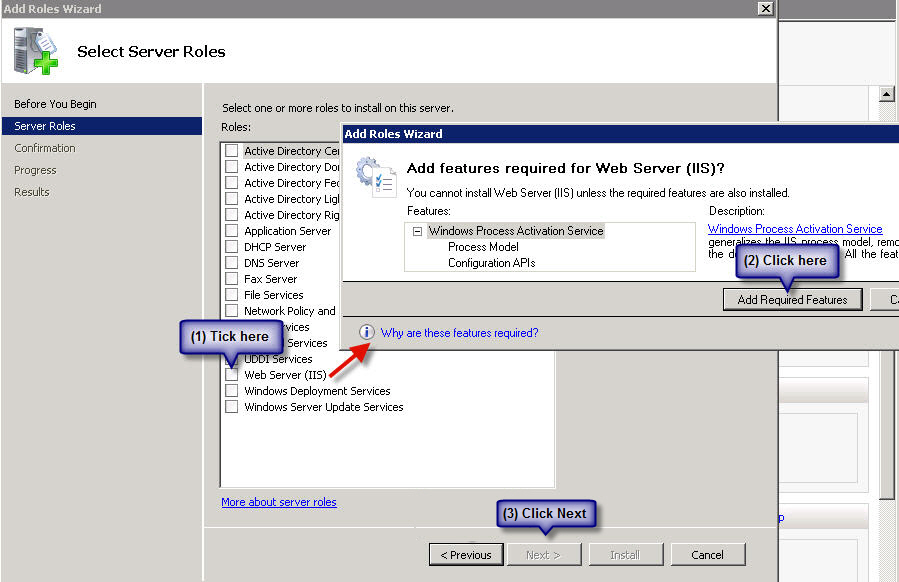
On the next window, click on next until you get this window - tick ASP and ISAPI Extensions:
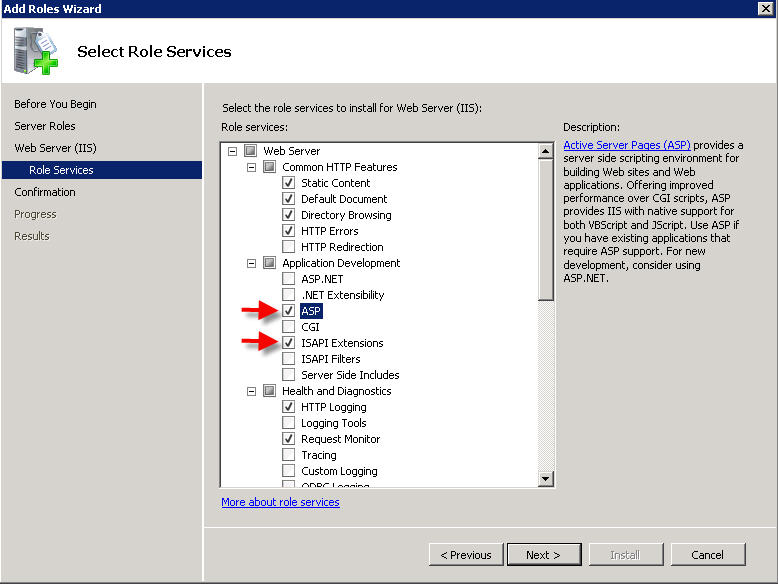
Click on Next and Finish
Configuring IIS
After successfully installing IIS, go to Control Panel > Administrative Tools > Computer Management > Services and Applications > Internet Information Services (IIS) > Machine Name > Sites > Default Website:
The first step is to create a virtual directory called neosys linked to D:\neosys\neosys.net:
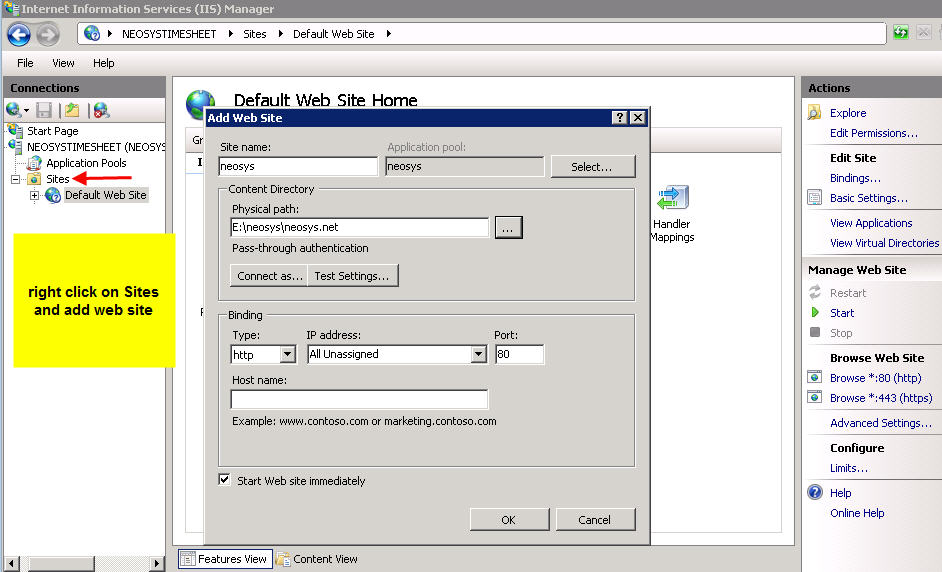
Within the above neosys web site folder create a virtual directory called data linked to D:\neosys\data:
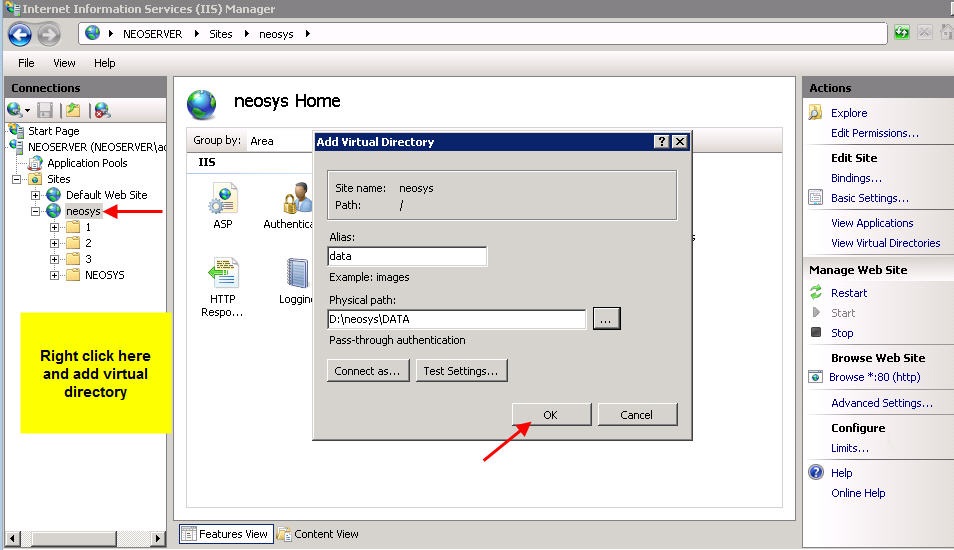
In the IIS Default Web Site create a another virtual directory called neosys.w3c linked to D:\neosys\neosys.w3c (only if timesheets for mac is required):
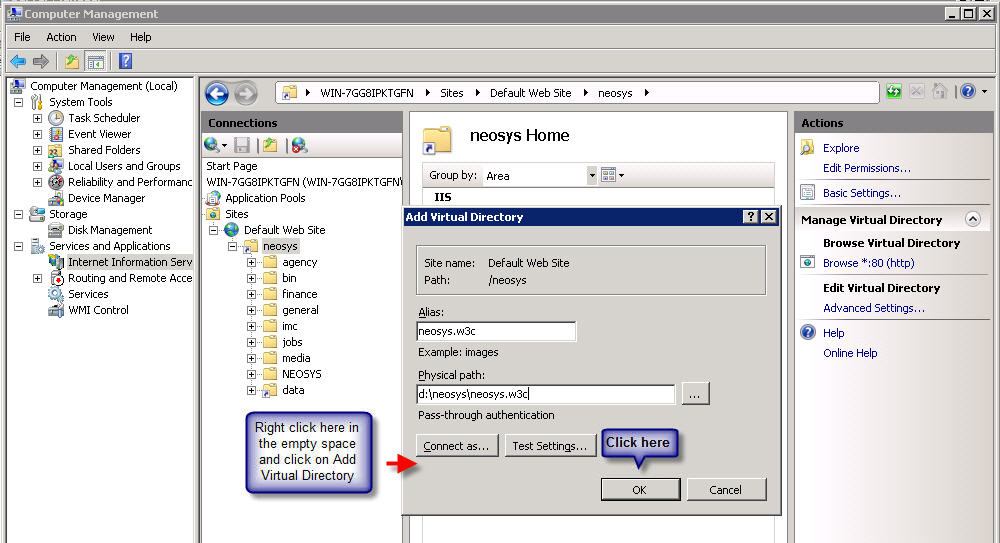
To allow file uploads – create a folder IMAGES under D:\neosys and within the neosys web site folder create a virtual directory called images linked to D:\neosys\images:
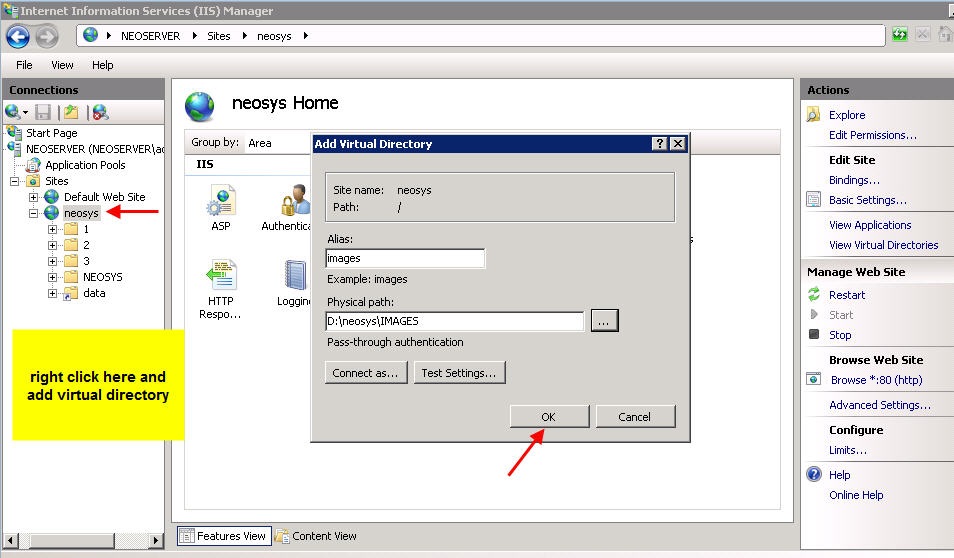
After you add all virtual directories the tree map of the Default Website should look as follows:
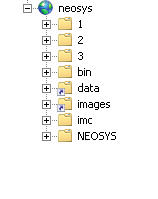
To configure file uploads besides adding the images directory, go under IIS > Default Website > neosys – click on Handler Mappings and delete the ISAPI you see there:
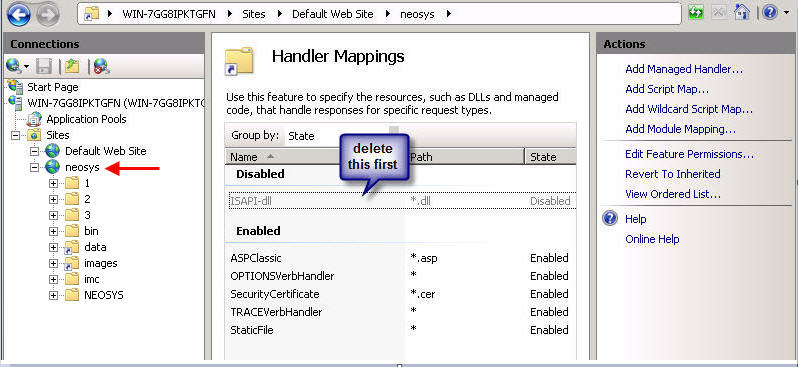
Thereafter click on Add Script Map and fill in the details as follows – Request path: *.dll , Executable: D:\neosys\neosys.net\NEOSYS\dll\upload.dll , Name: ISAPI (once you click on OK click on YES to the confirmation box)
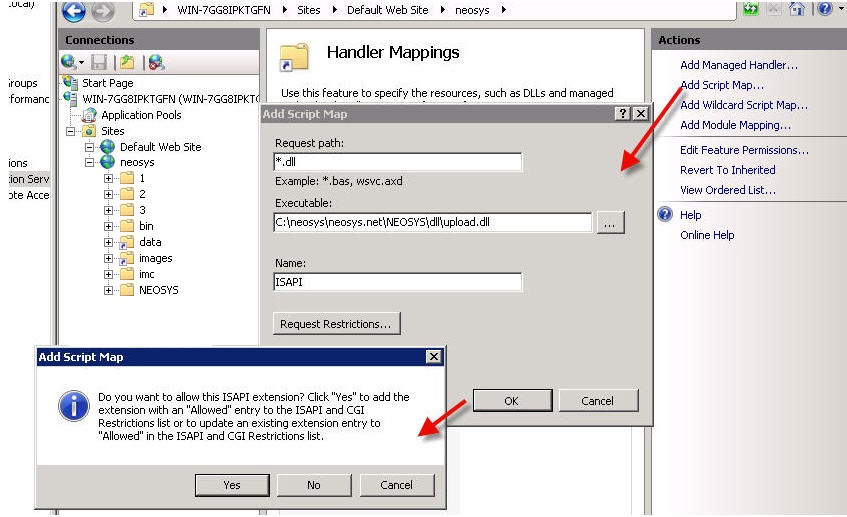
Edit the hosts file under c:\windows\system32\drivers\etc\ - delete the # sign next to 127.0.0.1 localhost and incluide the # sign before ::1 localhost
